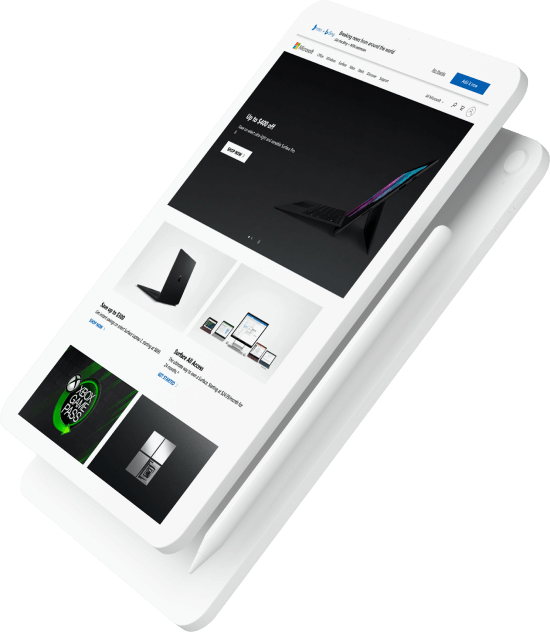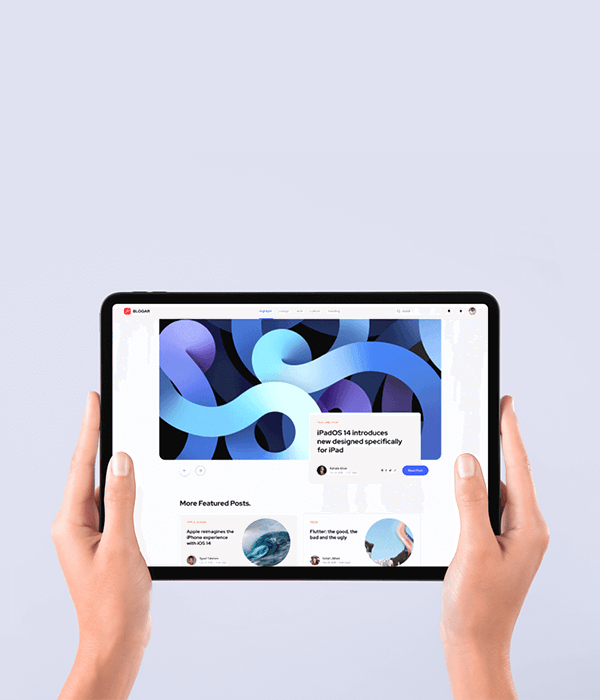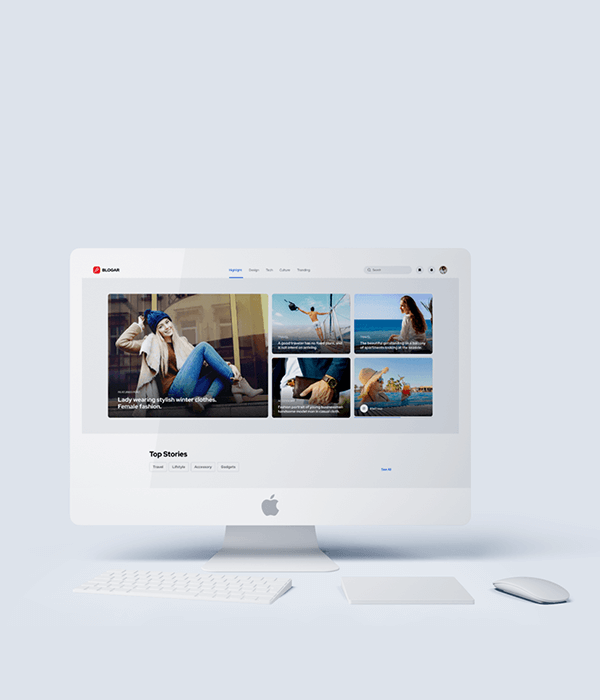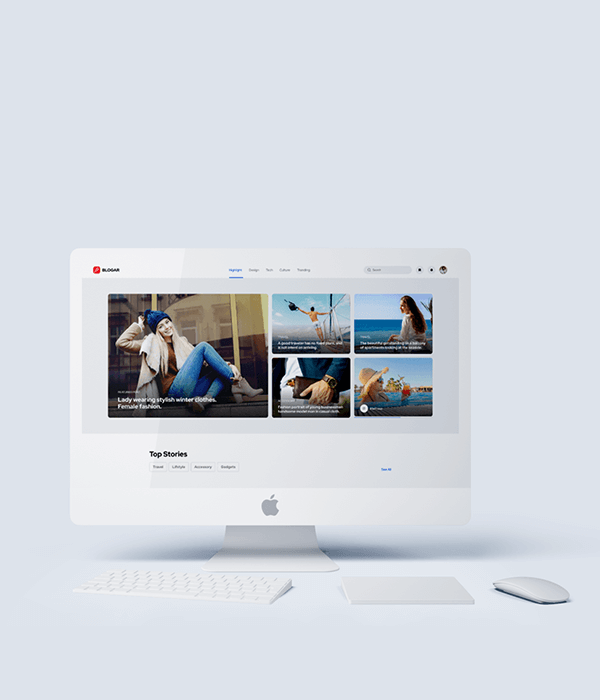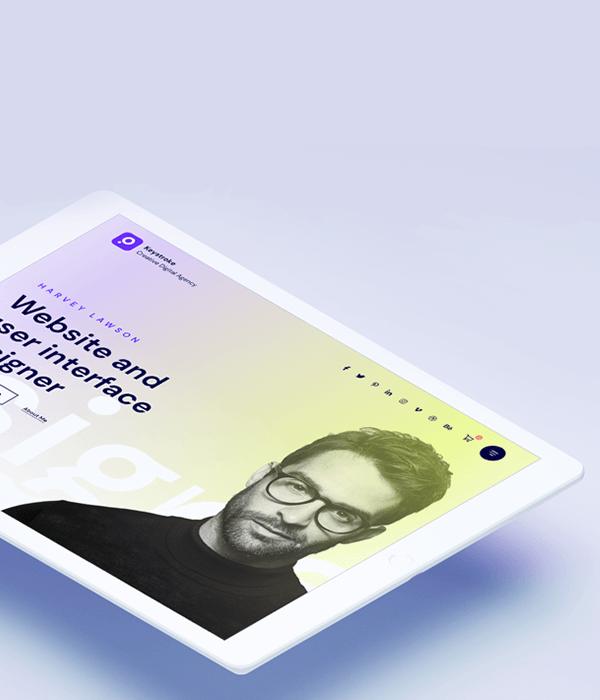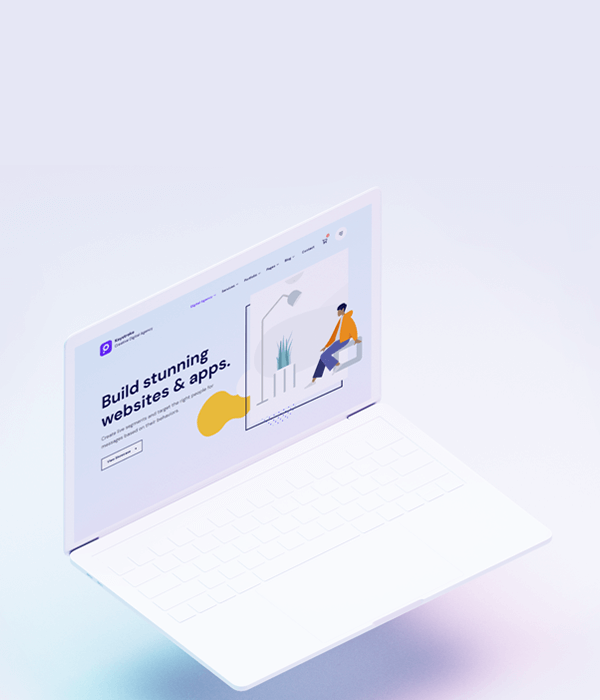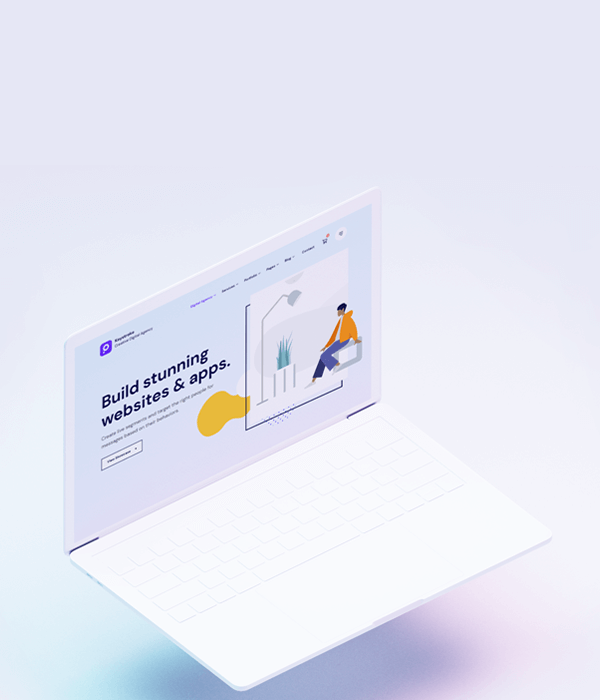How to Maximize Your Website Traffic: A Comprehensive Guide
Understanding Your Current Traffic Before implementing strategies to boost your website traffic, it is essential to have a clear understanding
Learn moreUnderstanding Your Current Traffic
Before implementing strategies to boost your website traffic, it is essential to have a clear understanding of your current traffic landscape. This foundational step involves leveraging analytics tools such as Google Analytics, SEMrush, and Ahrefs to obtain a comprehensive picture of your website’s performance.
Google Analytics serves as a cornerstone for website traffic analysis. By evaluating metrics such as page views, unique visitors, bounce rates, and average session durations, you can gain insights into how visitors interact with your site. Page views show the total number of pages viewed, while unique visitors indicate the number of distinct individuals visiting your website. Bounce rates measure the percentage of visitors who navigate away after viewing only one page, and average session durations reveal how long visitors stay engaged with your content.
To enhance this analysis, SEMrush and Ahrefs can provide additional layers of data. These platforms offer in-depth insights into keyword performance, backlink profiles, and competitor benchmarking, enriching your understanding of what drives your current traffic.
Furthermore, setting up conversion tracking and defining specific goals are pivotal for measuring the actions that visitors take on your site. Google Analytics allows you to set up conversion tracking to monitor critical actions, such as form submissions, product purchases, or newsletter sign-ups. By establishing goals, you can quantify these conversions, providing a clear measure of success and a baseline for future improvements.
Analyzing metrics and setting up conversion tracking creates a robust framework for interpreting your website’s current performance. This comprehensive understanding is crucial as it forms the baseline against which you can measure the impact of future strategies to increase website traffic.
Optimizing Your Content for Search Engines (SEO)
Search Engine Optimization (SEO) is paramount in ensuring that your website achieves top visibility on search engines. The first step in any effective SEO strategy is conducting thorough keyword research. Tools such as Google’s Keyword Planner and Moz offer valuable insights into the keywords your target audience is using. These tools help you identify high-traffic, low-competition keywords that you can seamlessly integrate into your content to improve search engine rankings.
Creating high-quality, engaging content that directly addresses the questions and needs of your audience is not just beneficial for readers, but also for search engines. Content that provides value tends to perform better in search engine results pages (SERPs). Ensure your articles, blog posts, and other content types are authoritative, accurate, and updated regularly. Use keywords naturally within your content to avoid keyword stuffing, which can negatively impact your rankings.
Optimizing your meta tags, headers, and images is equally crucial. Well-crafted meta titles and descriptions can significantly increase your click-through rates from search results. Incorporate primary and related keywords in your meta tags and use header tags (H1, H2, etc.) to structure your content for better readability and SEO. Additionally, optimizing images by using descriptive, keyword-rich file names, and ALT attributes will enhance both user experience and search engine indexing.
Today’s SEO also demands a mobile-friendly design. With the majority of users accessing websites via mobile devices, search engines like Google prioritize mobile-optimized sites in their rankings. Employ responsive web design techniques to ensure that your website offers a seamless experience across all devices. Similarly, site speed plays a critical role in SEO. Fast loading times not only improve user experience but are also a ranking factor for search engines. Utilize tools such as Google PageSpeed Insights to monitor and enhance your site’s speed regularly.
Practical case studies illustrate the success of these strategies. For example, a notable e-commerce website implemented comprehensive keyword research and content optimization, achieving a 30% increase in organic traffic within three months. By adopting mobile-friendly designs and improving site speed, another business saw a boost in their search rankings and a reduction in bounce rates.
Incorporating these essential on-page and off-page SEO elements will provide a robust foundation for enhancing your website’s visibility and attracting sustainable, high-quality traffic.
Leveraging Social Media and Email Marketing
Maximizing website traffic greatly depends on how effectively one can harness the power of social media and email marketing. Social media platforms such as Facebook, Instagram, Twitter, and LinkedIn serve as indispensable tools in this endeavor. To capitalize on these platforms, it is crucial to create engaging posts that resonate with your target audience. This involves not only sharing informative and valuable content but also utilizing visual elements like images, videos, and infographics to capture attention.
Another strategy to drive traffic through social media is by utilizing paid advertisements. Platforms like Facebook Ads and Instagram Ads allow for highly targeted campaigns that can reach potential clients based on demographics, interests, and online behaviors. Investing in these ads can significantly enhance your online visibility and direct more users to your website.
Leveraging user-generated content is also a potent way to boost traffic. Encouraging your audience to share their experiences with your products or services, and reposting this content, not only builds community but also authenticates your brand. This peer-based endorsement can trigger increased engagement and a subsequent rise in website visits.
Email marketing remains a fundamental component of attracting repeat visitors. Sending out newsletters, promotional offers, and personalized content keeps your audience engaged and encourages them to revisit your website. The effectiveness of email campaigns lies in personalization and segmentation – ensuring that the content is relevant and dynamic to cater to different segments of your email list. This can significantly increase the open and click-through rates of your emails.
Tools like Mailchimp and Constant Contact offer robust features for building and managing email lists. These platforms allow for easy segmentation, automation, and analytics to monitor the performance of your email campaigns. By following best practices such as maintaining clean email lists, regularly testing campaigns, and adjusting strategies based on performance data, businesses can optimize their email marketing efforts.
Utilizing Paid Advertising to Boost Traffic
Paid advertising represents a powerful tool in your arsenal to maximize website traffic. Various platforms such as Google Ads, Facebook Ads, and native advertising networks like Outbrain and Taboola offer unique advantages and should be leveraged appropriately. Understanding how to set up, manage, and optimize these campaigns is essential for driving quality traffic to your website.
Google Ads, for example, provides an extensive reach due to its dominance in the search engine market. To kickstart a Google Ads campaign, first choose the right type of ad – like search ads or display ads – based on your objectives. Effective targeting is crucial. Utilizing keyword research tools will help in selecting the right keywords that align with user intent. Additionally, setting an appropriate budget and bid strategy ensures your ads are competitive while also controlling costs.
Facebook Ads offer highly customizable audience targeting options. By leveraging user demographics, interests, and behavior, you can create precise audience segments. Creating compelling ad copy and visuals is essential to capture attention and enhance engagement. Utilizing Facebook’s A/B testing feature allows you to refine ad creatives and optimize performance continually.
Native advertising platforms like Outbrain and Taboola integrate ads naturally with content, improving user experience and click-through rates (CTR). They are particularly effective in driving traffic through engaging content recommendations. When setting up campaigns on these platforms, ensure that your content aligns with the audience’s interests and site aesthetics. Monitoring key metrics such as CTR and return on investment (ROI) will help determine campaign success.
Retargeting is another crucial strategy in paid advertising. It involves showing ads to users who have previously interacted with your website, encouraging them to return and complete desired actions. Tools like Google Remarketing and Facebook Pixel can be utilized to execute retargeting campaigns effectively.
Several case studies highlight the effectiveness of these strategies. For instance, a retail brand saw a 40% increase in traffic through a well-executed Google Ads campaign, while a tech startup doubled its website visits using Facebook Ads. An insightful example comes from a content platform which achieved a notable spike in engagement and traffic through Outbrain’s native advertising.



